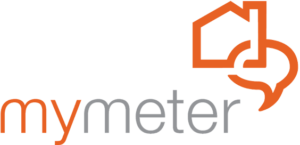For more than a decade, we’ve been a Strengths-based organization at Accelerated Innovations. Yes, this means that we play to our strengths and focus on what is working (instead of what’s not). But it is so much more than that.
Being a Strengths-based organization in the utility industry in today’s world means having visionary leaders who are willing to be both tactical and strategic while also being open-minded, nimble, and willing to think outside the box.
Strengths-based leaders provide structures and deadlines for their teams to work within, but they do not micromanage the moment-by-moment events of the day. This means that employees are encouraged to achieve work-goals in ways that make sense to them as individuals. That is, Strengths-based leadership is about leveraging each person’s unique talents and gifts—and then supporting them on a personal level. When this is done consistently, each employee feels connected to the larger mission and contributes in ways that meet the needs of the team at a company level.
This doesn’t require hours of one-on-one work from management. In fact, for us at Accelerated Innovations, it’s been the opposite. Because each team member feels understood in their Strengths and natural talents, they feel trusted, capable, and valued. This means that when there is a problem or a challenge that they cannot solve on their own, they feel comfortable asking for the help that they need.
That is, being a company with a Strengths-focus means that each team member doesn’t need to be good at everything. Each person focuses on what they do best, grows continuously in that area, and then, when needed, reaches out for help, feedback, and assistance.
Strengths-based leadership is not just a philosophy, it’s a practice. And, for most companies who go “all in” with it, it works. Employees at Strengths-based companies report higher engagement, stronger connections, and, even, fewer sick days.
And, it just makes sense, when employees are able to contribute their unique ways of getting things done, it means that they don’t need to “be someone else” at work. This creates a deeper experience of work-life balance, where they’re not asked to follow a generic formula for productivity. Instead, each team member can bring their greatest Strengths, talents, and gifts to the table—day-after-day.
When this happens, it’s a win-win for both leaders and their teams.
